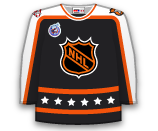McKegg averaged 7:49 TOI and had one shot in two games during his recall. The 22-year-old forward returns to the Marlies where he has 15 points (7G / 8A) in 23 games.

McKegg averaged 7:49 TOI and had one shot in two games during his recall. The 22-year-old forward returns to the Marlies where he has 15 points (7G / 8A) in 23 games.

Farnham played in 10 games with Pittsburgh this season, recording 19 penalty minutes. He has four points (1G / 3A) and 113 penalty minutes in 23 AHL contests with WBS.

Sanguinetti did not get into a game with the Canucks during his recall.
Corrado, 21, has played 21 games with the Utica Comets in this season, collecting eight points (4G / 4A) and 17 penalty minutes with plus-3 rating. In his career, Corrado has played 18 NHL games and collected one goal.
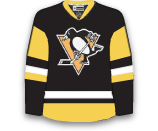
Potter never got into a game during his recall, so he will head back to the AHL Flames, where he had five assists in 19 games before being called-up.
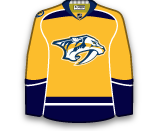
Granlund, 21, recorded 13 points (5G / 8A) in 29 games with Calgary this season. With Mikael Backlund returning to the lineup tonight, Granlund gets squeezed back into the AHL where he has three goals and two assists in eight games.
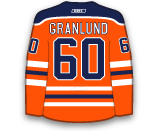
Ashton cleared waivers this afternoon and has been assigned to the Toronto Marlies because the Maple Leafs want him to get some games in.
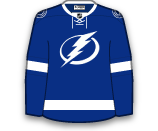
Carrick, 22, has scored three goals with 13 assists (16 points) in 31 games with the Marlies this season. He spent five games with the Maple Leafs earlier in the year, but did not register a point. He could be in the lineup tonight vs. the Capitals.

Falk, 26, has one goal and three assists in 21 games with Iowa this season. He is expected to replace Nate Prosser in the lineup, who is out with an illness.
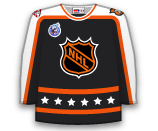
Cracknell, 29, had one assist in 17 games with the Blue Jackets after coming over from St. Louis. He heads back to the AHL where he had 25 points (12G / 13A) in 28 games with Chicago last season.
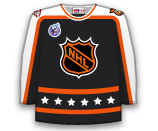
Allen, 34, had one assist in five games with Montreal after being acquired from Anaheim.
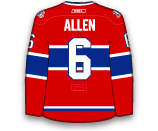
Duclair had been on a loan to Team Canada for the World Juniors. He posted four goals and four assists in seven games en route to a gold medal. Despite a strong tournament, the Rangers are playing great right now, so there is no reason to rush Duclair’s development. He heads back to the Quebec, where he had 50 goals and 49 assists (99 points) in 59 games.

Pastrnak has 27 points (10G / 17A) in 24 games with Providence this season. He had been representing the Czech Republic at the World Juniors since Boxing Day and he recorded one goal and six assists in five games at the tournament.

Morin, 30, had no points in five games with the Stars. He will report to Texas where he has 24 points (10G / 14A) in 23 games and 112 points (42G / 70A) in 89 games over the last year and a half. Despite tremendous AHL success, he has not been able to translate it to the NHL—he has just one assist in 12 career games.
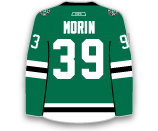
Salomaki, 21, did not get into a game during his recall. He heads back to the AHL where he has 16 points (5G / 11A) in 29 games this season. His return to the AHL suggests that either James Neal (lower-body) or Taylor Beck/Matt Cullen (IR) will return on Tuesday.
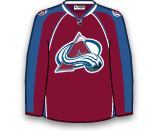
Panthers’ backup goaltender flew back to Florida to be with his wife for the birth of their child, so Brittain will join the team for practice in Vancouver. Montoya is expected to join the team before Thursday’s game, but if he doesn’t, Brittain will backup Roberto Luongo.

Hamilton, 23, has 21 points (6G / 15A) in 32 games with Worcester this season. He failed to record a point in 11 games with the Sharks last season. He has been recalled because Joe Thornton is on injured reserve, but there is no word if he will make it to Winnipeg for tonight’s game.
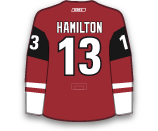
Lessio, 26, had no points in three games with the Coyotes in his first recall of the season. While with Portland he has totalled nine goals and seven assists (16 points) in 26 games.

Ellerby, 26, has been limited to 18 games in St. John’s due to injury. In those 18 contests he has totalled six assists and a minus-5 rating. He had six points (2G / 4A) in 51 games with the Jets last season.
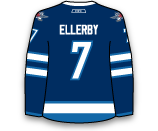
Methot did not record a point and was a minus-2 in his only game with Binghamton over the weekend. Methot has played just two games this season, but clearly the Senators believe he is over his back issue and should return to the lineup this week.
